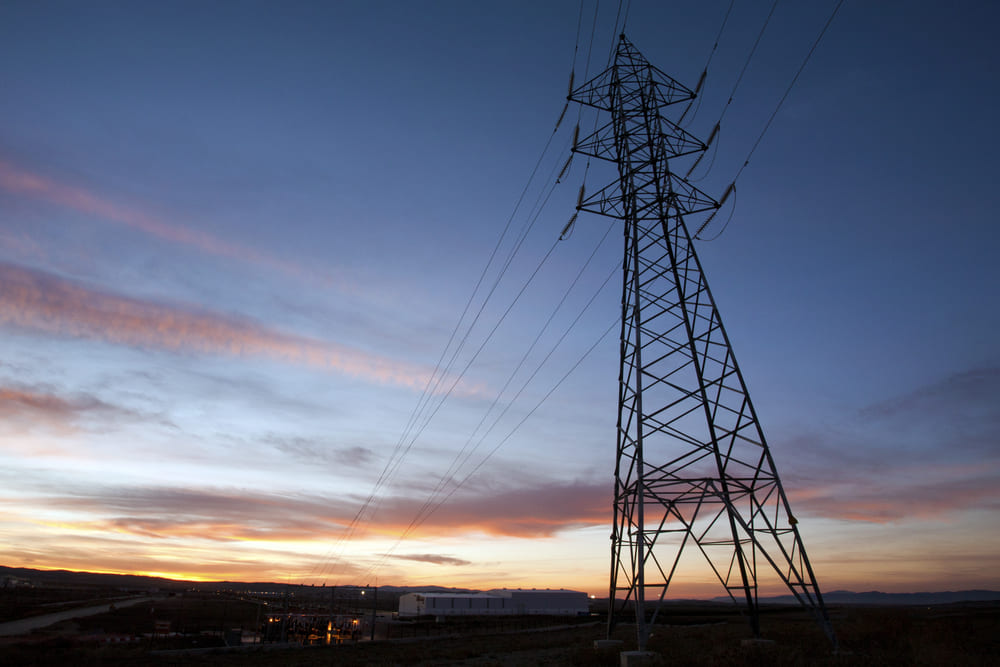Last August 2022, we started the second phase of the DT4Flex project, together with Cuerva, Bamboo Energy and Smart City Cluster, with which we are developing a digital twin of the distribution network. This will make it possible to manage flexibility services for the resolution of technical problems in the grid. It also has the support of the Ministry of Industry, Tourism and Trade within the framework of the Extraordinary Call for Aid to Innovative Business Groups 2022 (AEI), as part of the Recovery, Transformation and Resilience Plan.
A project that reflects the objectives of the Smart City Cluster itself, among which is the promotion of public-private cooperation to increase the competitiveness of its members as leaders in the smart cities industry.
The main objective of the “DT4Flex – Low Voltage Digital Twin for flexibility services” project is the development of a tool that is able to predict the short-term events that the Low Voltage network will present and evaluate the availability of flexibility services to solve those problems derived from such events, thus maximizing the safe entry of new agents.
During the first phase of the project, given the importance that the ability to operate Low Voltage networks is acquiring and with the aim of ensuring the resilience of the same and the continuity of supply of the population, maximizing the integration of new connections, from Ingelectus we have worked on the development of a novel solution that provides the DSO with tools with which it can technically operate the distribution networks. Thus, and with the idea that the DSO plays a role similar to that of the TSO in the transmission network, we have researched and developed a tool that allows the distributor to locate their needs and quantify the optimal flexibility service that solves them.
To this end, we have researched and implemented novel technologies that, on the one hand, guarantee a realistic and accurate observability of the operating status of the distribution networks adapted to the availability of measures and events that could generate problems in the network; and that, on the other hand, identify and quantify the combination of flexibility services to be activated to avoid these risk situations in the most optimal way possible.
In addition to the above, a microservices software architecture has also been designed and developed to host this technology, so that it can be easily deployed in the DSO infrastructure in both Cloud and Edge environments, thus ensuring its scalability.
This has been validated in a limited area of Cuerva’s Living Lab, based on a real infrastructure and population, with high resolution data accessed in near real time. This test environment includes Advanced Supervisory Medium and Low Voltage meters, a complete Smart Metering deployment and distributed solar generation monitoring, as well as agents that can provide energy flexibility such as batteries or electric vehicle charging stations.
The tests carried out during the first phase focused on the reduction of overvoltage events and section saturation events, as well as on the maximization of photovoltaic penetration in the grid described in the previous paragraph. The results obtained have been very satisfactory:
- They have succeeded in demonstrating the possibility of avoiding incidents by minimizing flexible input into the grid.
- They have helped to characterize the future needs of flexible availability on the grid based on real tests.
- They have also helped to protocolize the connection of photovoltaic installations in critical grids, such as low voltage grids.
As the project continues, a second phase has been planned with the aim of achieving more ambitious objectives:
- Extend the tests to a wider scope within the Cuerva Living Lab, thus increasing the diversity of incidents, the type of network and the Flexibility Service Providers.
- Together with Bamboo Energy, the figure of the Demand Aggregator will be incorporated to be able to evaluate the solution in more realistic scenarios in future local flexibility markets.
Finally, it should be noted that the first results offered by the project, and the continuation in a new phase, show the importance of the commitment of electricity distribution companies to adapt their business models to the new technologies that Ingelectus develops for the market, as well as the need to promote collaborations between companies that host the entire value chain of the electricity sector.





